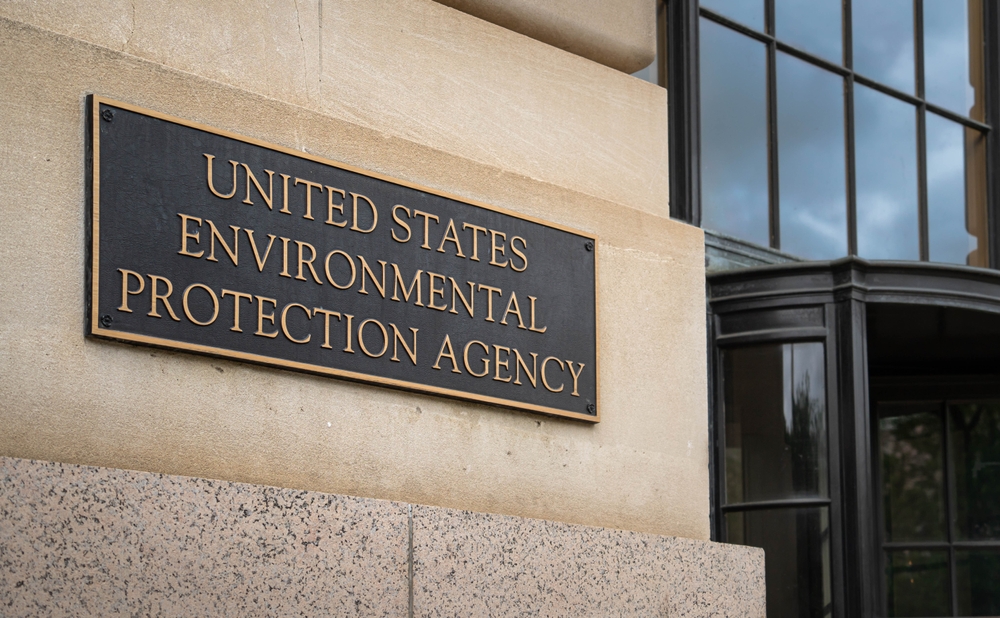Gas leaks can be dangerous and even fatal disasters in homes, offices, and businesses, but fortunately, researchers from the Delft University of Technology have come up with a high-tech solution to keep our building safer: gas leak-sniffing drones.
Using algorithms inspired by insect behavior, the autonomous drones quickly move a sensor through an area, moving towards higher concentrations of gas it comes upon. This way, the drone can quickly and safely lead responders right to the source of a leak.
Called The Sniffy Bug, the drone is small enough to fit in the palm of your hand and uses range sensors to avoid colliding with walls or furniture in tight spaces. Multiple “bugs” can also be deployed simultaneously without running into one another.
The technology was initially created to track down gas leaks in buildings, but its developers are already getting creative with potential further applications. They are working to use drones to track down sources of air pollution in large urban areas or scanning fire sights for potential hazards before firefighters enter.












